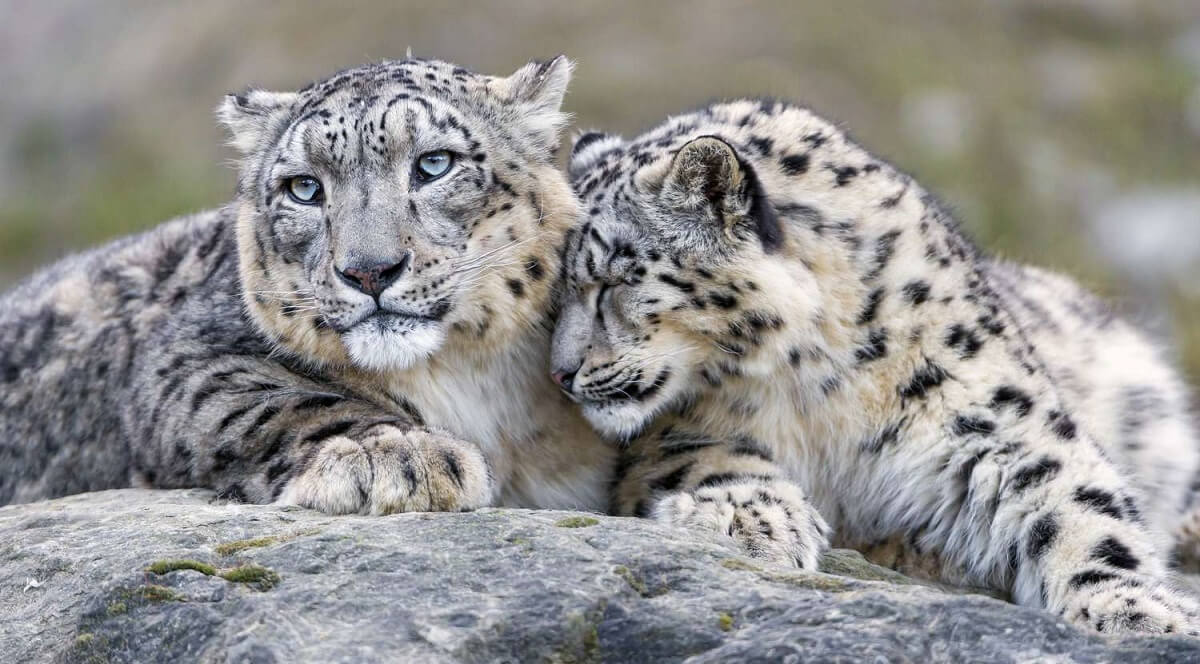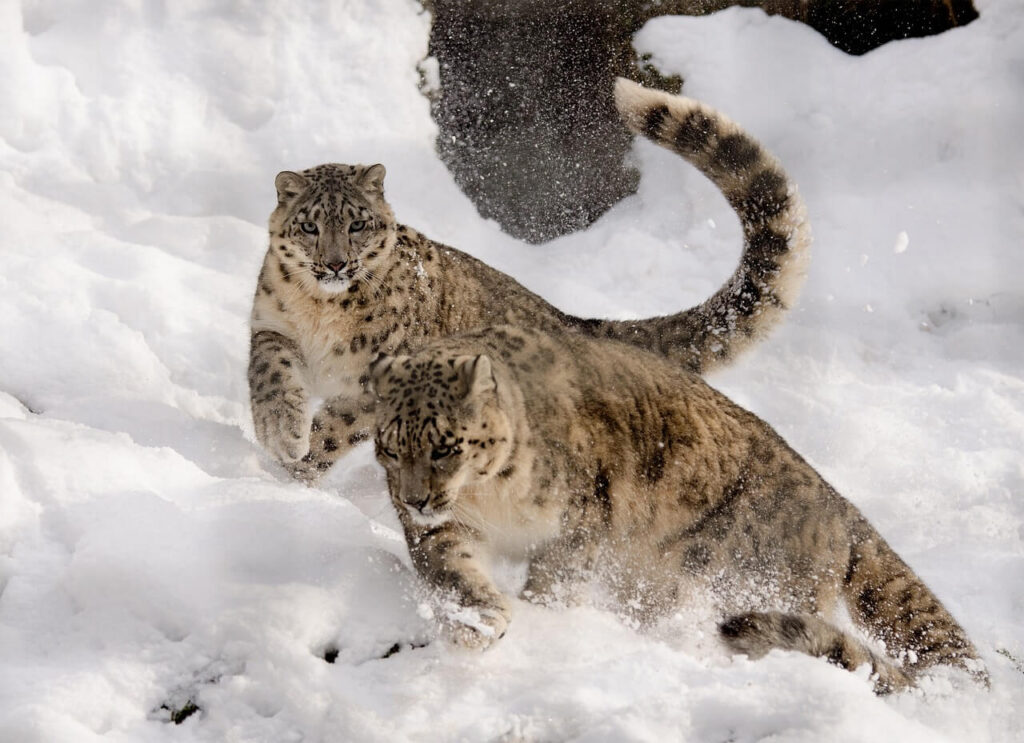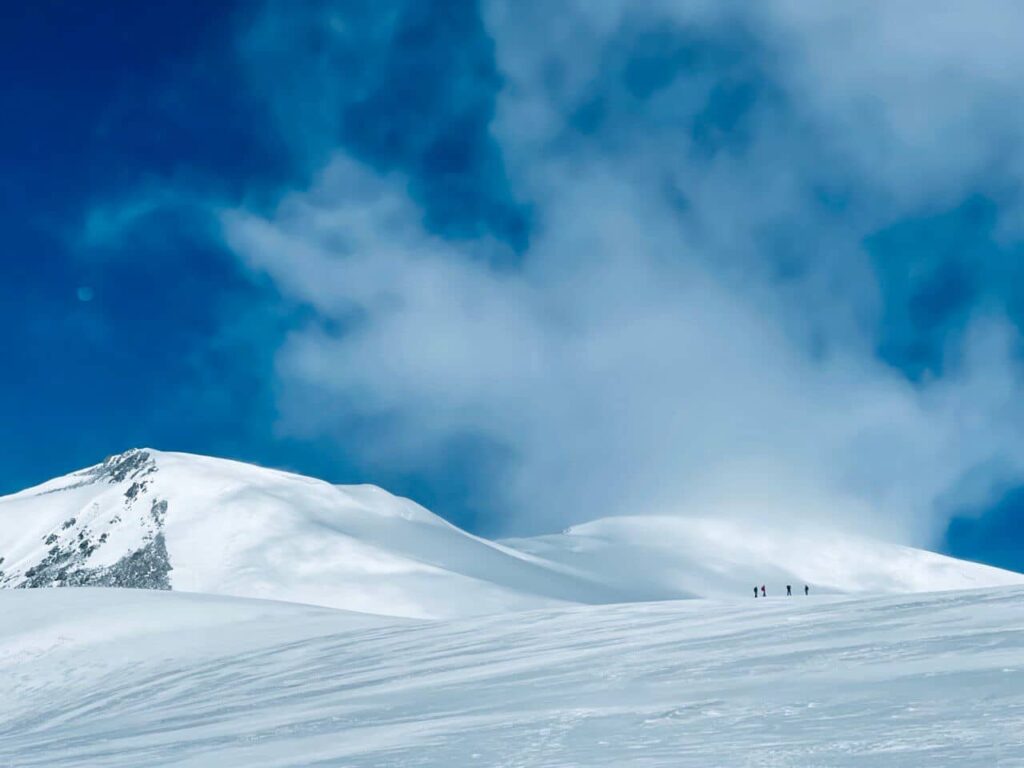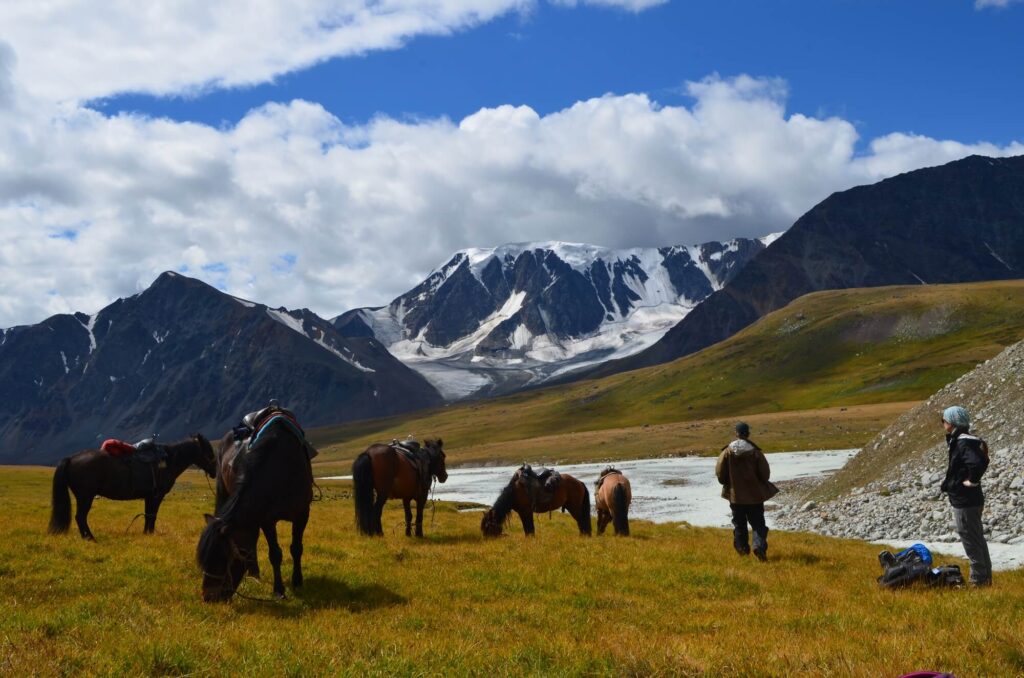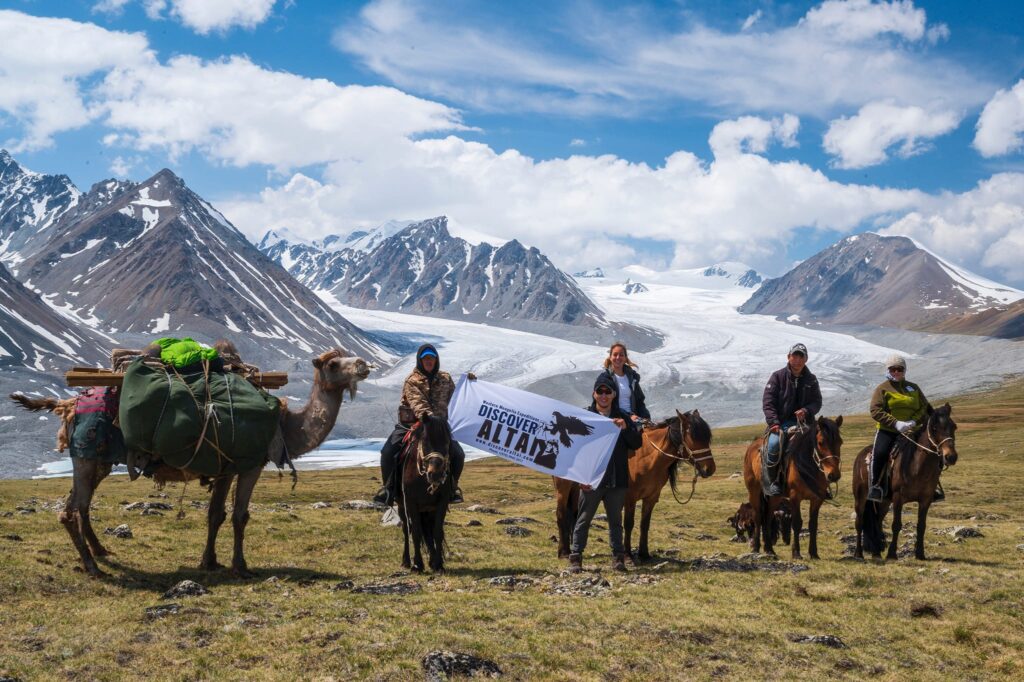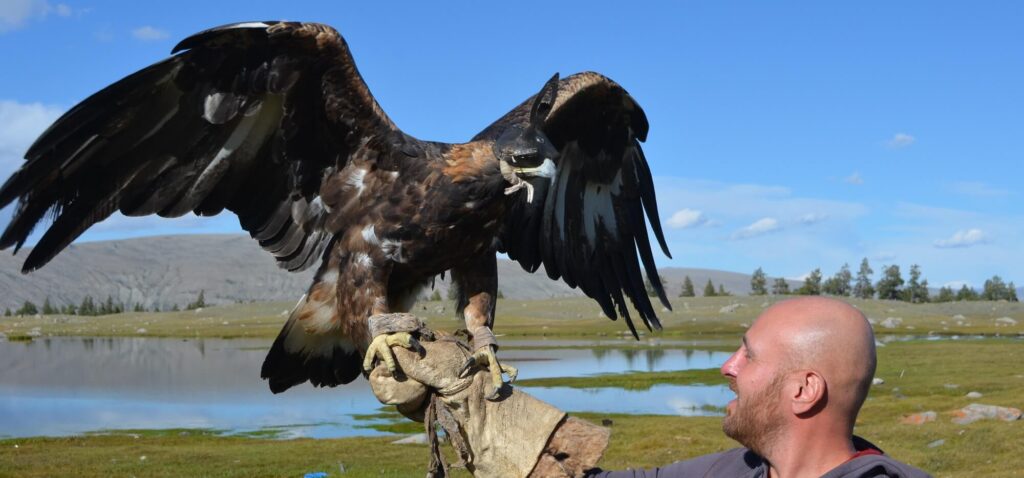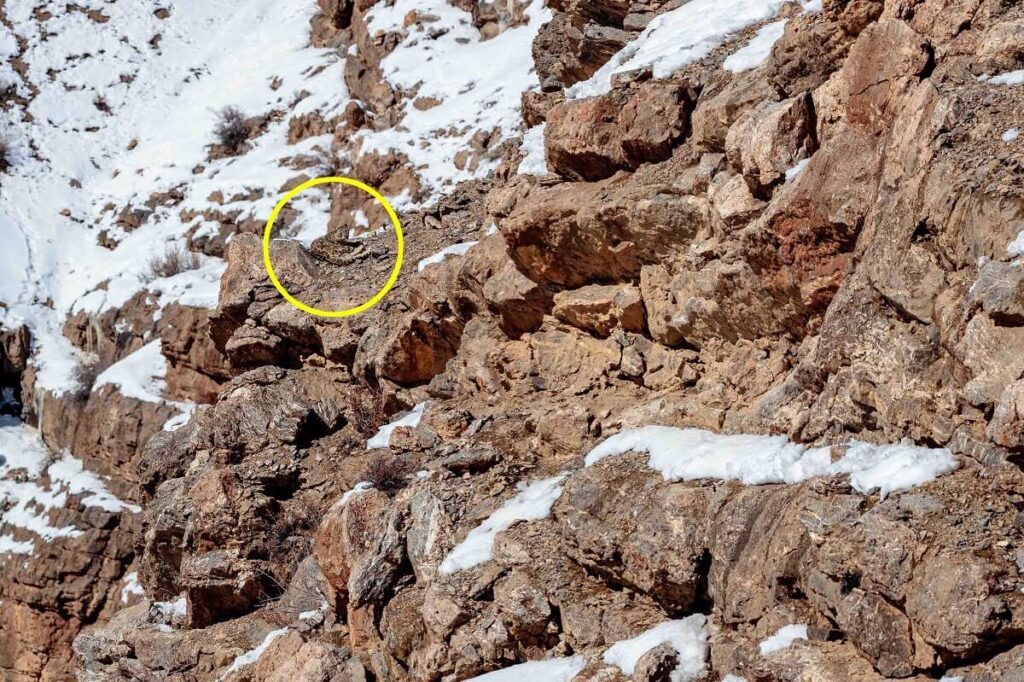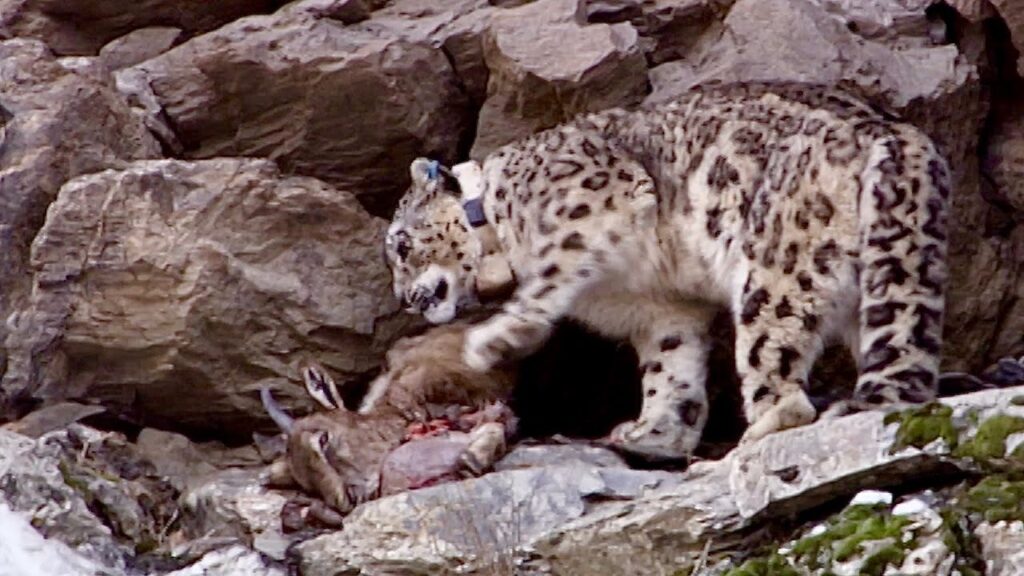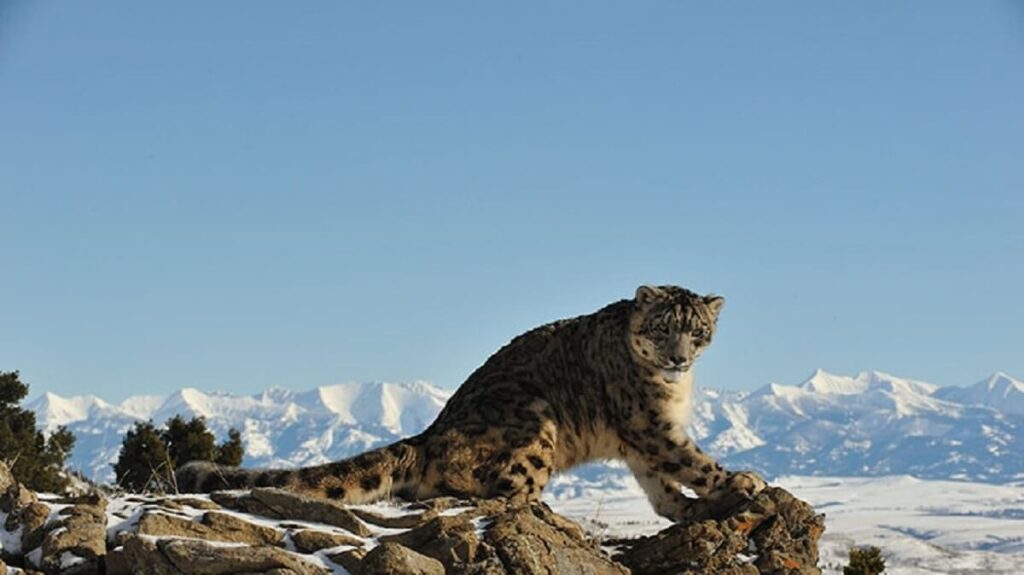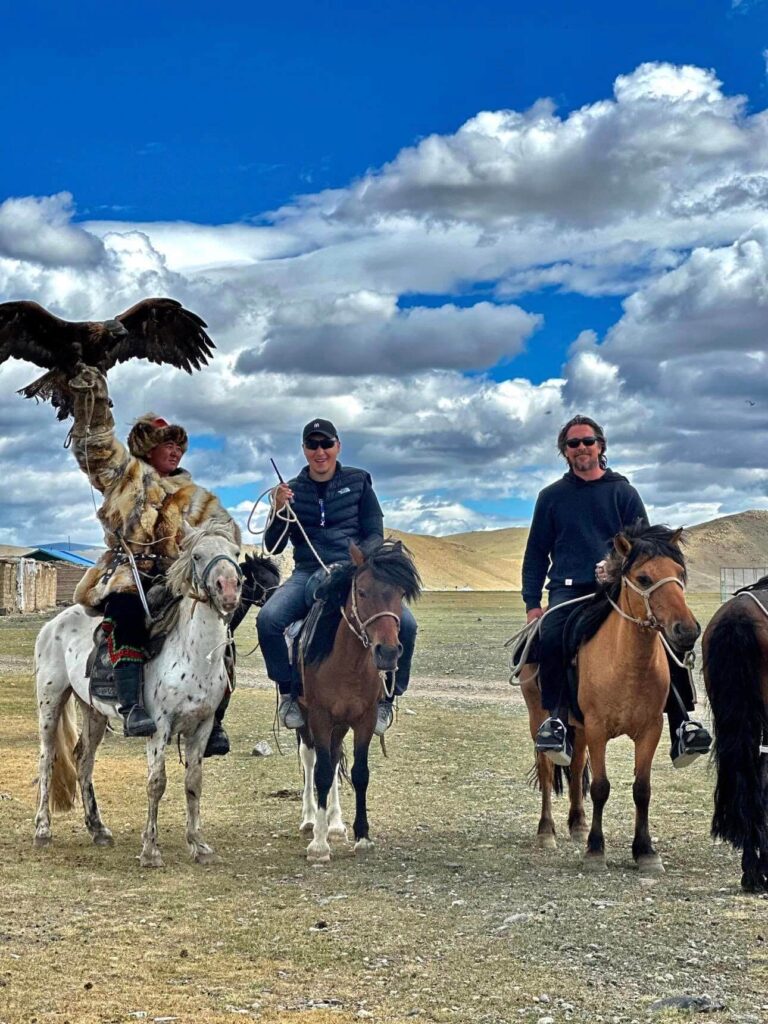Snow leopards (Panthera uncia) are one of the most elusive and majestic big cats, living in the rugged mountain ranges of Central and South Asia. With their thick fur and strong, muscular bodies, they are perfectly adapted to the harsh climates of the high-altitude regions.
However, beyond their striking beauty and rarity, snow leopards hold immense ecological, cultural, and economic importance. Protecting these enigmatic creatures goes beyond preserving a species; it involves safeguarding entire ecosystems and the livelihoods of communities that depend on them. Here’s a deeper look at why snow leopards are crucial to our world.
We offer you MONGOLIA SNOW LEOPARD PHOTOGRAPHY TOUR. Mongolia is the world’s 18th biggest country by territory with only three million people living here. Over 1.5 million square kilometers of land is inhabited by the last nomads and unique wild animals like the red fox, grey wolf, and snow leopards. It will be wonderful 🤩🤩
1. Ecological Importance: Keystone Species
Snow leopards play a pivotal role in maintaining the health and balance of mountain ecosystems. As apex predators, they sit at the top of the food chain and regulate the populations of herbivores such as blue sheep (bharal), ibex, and marmots.
By controlling the numbers of these prey animals, snow leopards prevent overgrazing and help sustain the delicate balance of vegetation. This, in turn, supports a range of other species that depend on mountain pastures for survival.
Without snow leopards, the herbivore populations could grow unchecked, leading to overgrazing, which would have cascading effects on the environment.
The loss of vegetation would not only threaten smaller species but also destabilize the soil, increasing the risk of erosion and landslides. The snow leopard’s role as a keystone species is thus essential for maintaining the ecological integrity of high-altitude habitats.
2. Indicator of Climate Change
Snow leopards live in some of the world’s most remote and rugged regions, including the Himalayas, the Tibetan Plateau, and the Altai Mountains. These areas are highly vulnerable to the impacts of climate change, such as rising temperatures and glacial melt.
Snow leopards, being sensitive to changes in their environment, act as indicators of the health of these fragile ecosystems. Their declining numbers signal the broader impacts of climate change on biodiversity and ecosystem stability in mountainous regions.
By studying the snow leopard’s habitat, scientists gain insights into how climate change is affecting not only wildlife but also water systems that billions of people rely on.
The high-altitude regions where snow leopards reside are sources of major rivers in Asia, including the Yangtze, Ganges, and Brahmaputra. Protecting the snow leopard’s habitat helps ensure the sustainability of these critical water sources.
3. Cultural Significance
For many indigenous communities in the snow leopard’s range, this big cat holds deep cultural and spiritual significance. In regions like Mongolia, Kyrgyzstan, and Tibet, snow leopards are considered symbols of strength, beauty, and resilience.
They feature in local folklore and religious practices, and for many people living in these areas, the snow leopard represents a connection to their ancestral lands and traditions.
Cultural respect for the snow leopard can also be a driving force for conservation efforts. In some communities, local beliefs and taboos against harming snow leopards have helped protect the species for generations.
By integrating traditional knowledge with modern conservation practices, efforts to save the snow leopard gain a more holistic and community-driven approach.
4. Economic Value: Ecotourism and Livelihoods
The snow leopard’s elusive nature and the stark beauty of its mountain habitats make it a major attraction for ecotourism. As interest in wildlife tourism grows, particularly in places like Bhutan, Nepal, and Mongolia, snow leopards have become a focal point for nature enthusiasts and photographers.
Ecotourism generates significant revenue for local communities, providing alternative livelihoods that can reduce dependence on activities that threaten snow leopard populations, such as poaching or unsustainable livestock grazing.
Programs that promote snow leopard conservation often emphasize coexistence, where communities are compensated for livestock losses or encouraged to engage in tourism ventures that showcase the snow leopard’s habitat.
This helps alleviate human-wildlife conflict and turns the presence of snow leopards into a source of pride and income for local people.
5. Global Conservation Symbol
Snow leopards have become a global icon for conservation. Their plight highlights broader issues facing biodiversity worldwide, including habitat loss, climate change, and human-wildlife conflict.
Numerous international organizations, governments, and local communities are working together to protect snow leopards through research, anti-poaching efforts, and habitat preservation.
The conservation of snow leopards also involves cross-border collaboration since their range spans multiple countries, including China, India, Mongolia, Russia, and Afghanistan.
The efforts to save this species have sparked transnational dialogue and cooperation, promoting peace and environmental stewardship across regions.
The importance of snow leopards extends far beyond their physical presence in the mountains. As keystone predators, they play a critical role in maintaining the health of mountain ecosystems.
Their status as an indicator species provides vital information about the impacts of climate change, while their cultural and economic significance fosters community-based conservation efforts.
The global attention on snow leopards also brings much-needed focus to the challenges of biodiversity loss. By protecting snow leopards, we are safeguarding not just a species, but entire ecosystems and the well-being of future generations.



